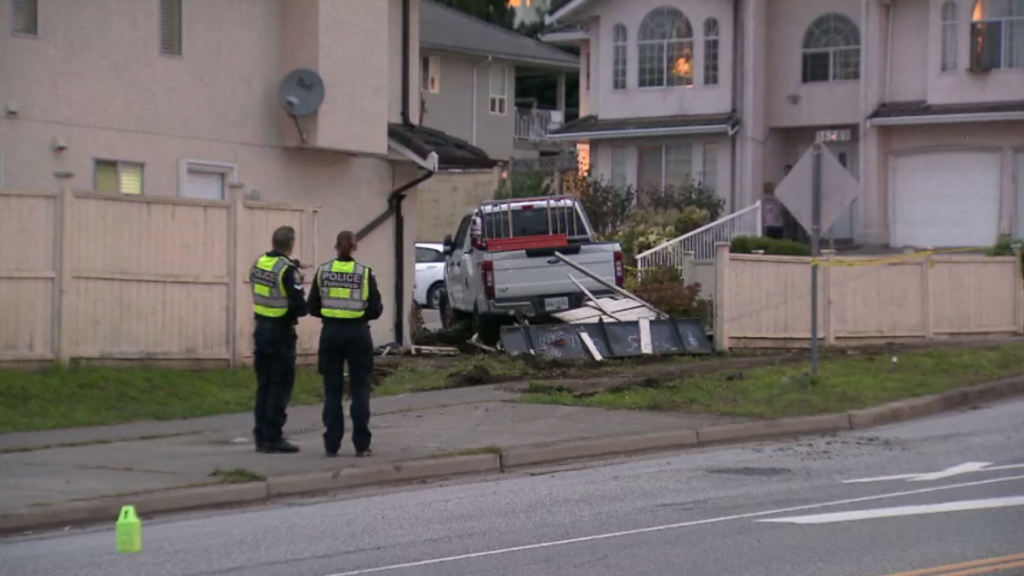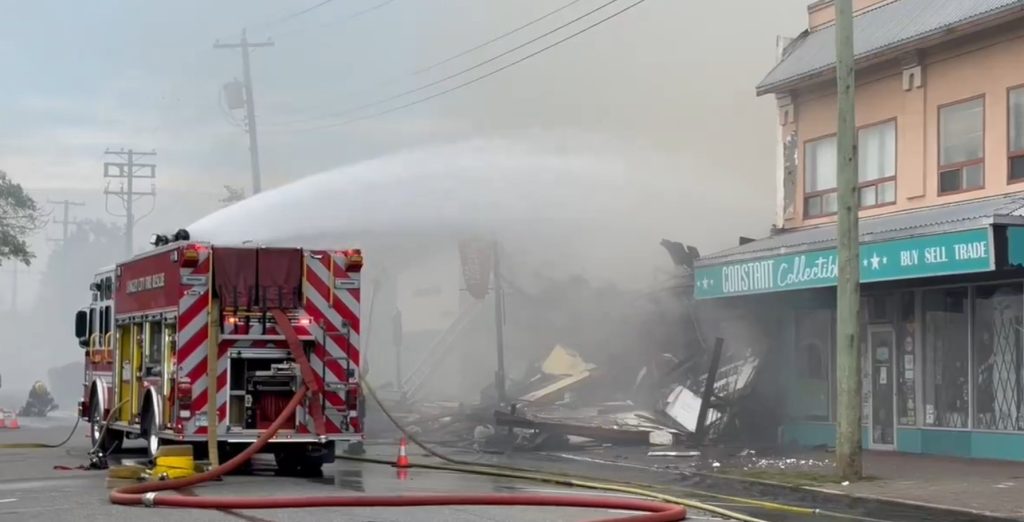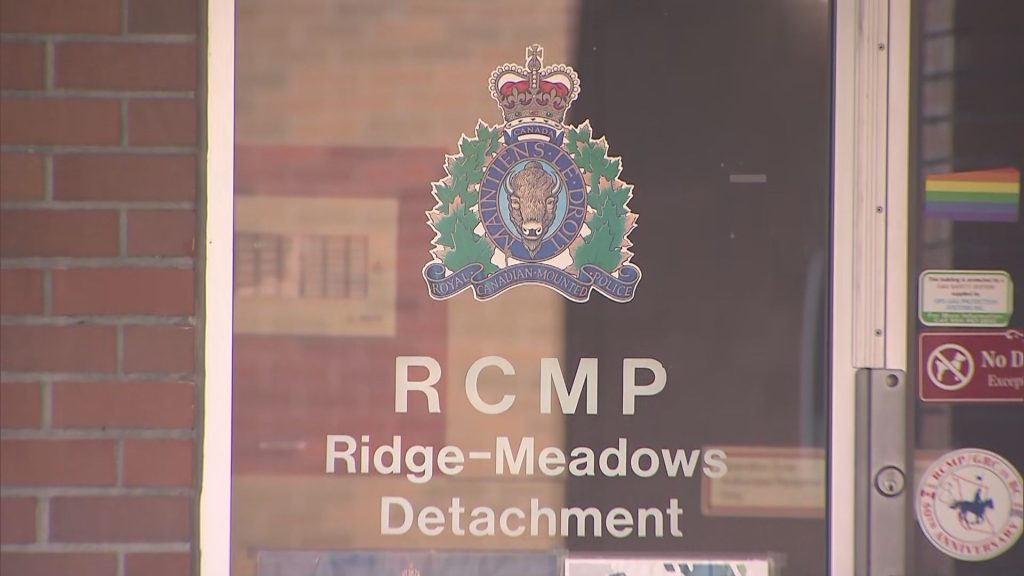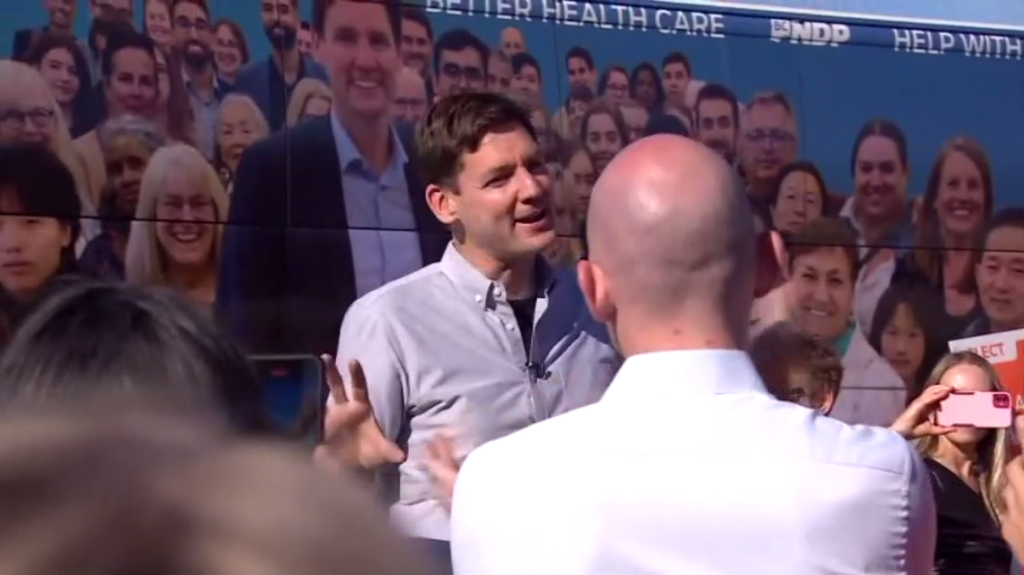Public art installations in Vancouver are tied to developed areas: local artist
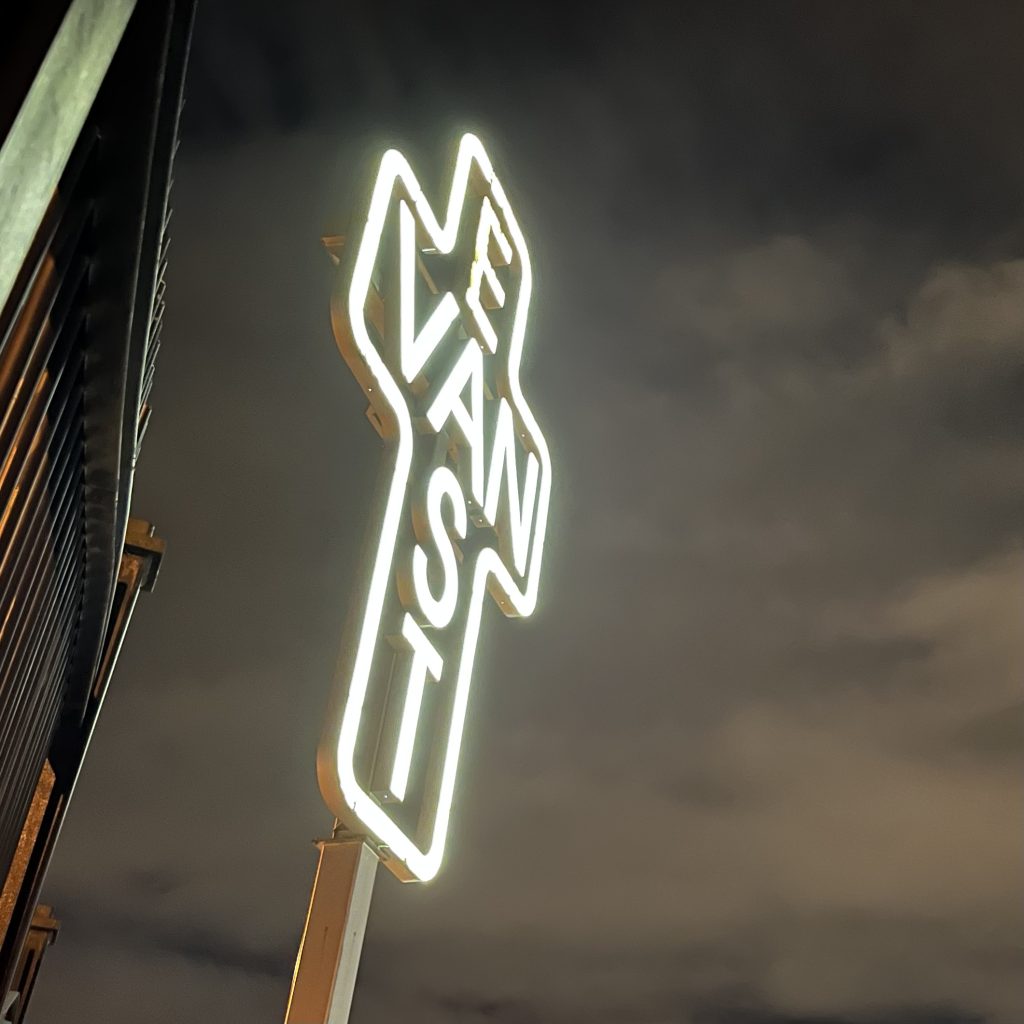
Posted September 18, 2023 10:39 pm.
Last Updated September 19, 2023 6:09 am.
A Vancouver artist says areas in the city with more public art installations are tied to parts of the city with new developments.
A map recently created by the School of Cities at the University of Toronto shows the locations of all the public art installations in Vancouver. Its website includes photos of the installations, along with short descriptions, and a brief history about each piece.
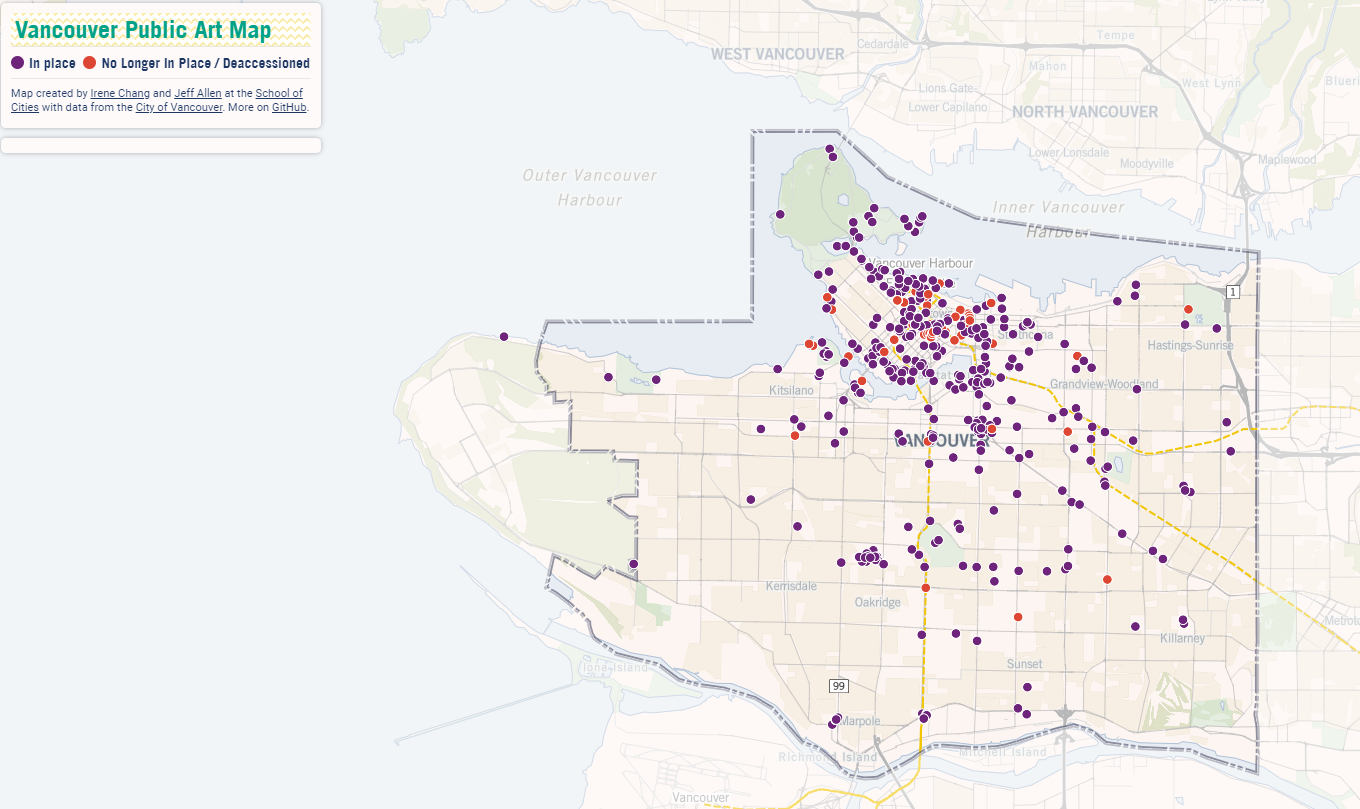
A map recently created by the School of Cities at the University of Toronto shows the locations of all the public art installations in Vancouver, and a local artist says a deeper meaning is hidden in the areas with more public art installations. (Courtesy: School of Cities)
As East Van Cross creator Ken Lum tells CityNews the clusters of public artwork on this new map have a deeper underlying meaning — with clusters of artwork being directly tied to areas with more new developments.
“I think it reveals much more than just inventory of public art, it shows the distribution of developments in the city,” he said. “I think that’s more telling and more revealing.”
“I think it’s the reality of how public art is manifested by in large, certainly in Vancouver and many, many other cities … It’s seen as a tool for development, and a requirement of development.”
To Lum’s point, the map shows that significantly more public art installations in Vancouver are on the east side and in parts of downtown compared to the west side of the city.
“It reveals the politics of that relationship of how public art is often deployed for development, and much of that development is obviously taking place more downtown.”
Lum says he expects more “purple dots” on the map will likely pop up in East Vancouver as further public art installations are added over time.
In regard to his own creation, Lum says his East Van Cross was intended to be a commentary about the differences in neighbourhoods because of its roots in street art.
“That work wasn’t about a point of pride of East Vancouver,” Lum explained. “It was about this divide in terms of power structure that has always been part of the city.”
Related video:
He adds that it is part of the city’s mandate to include public art in new developments and that lower-income areas such as parts of East Vancouver should expect to continue to see a rise in new installations as developments continue.
According to the public art section of the City of Vancouver, it “commissions artists, and supports artistic practices that open spaces for encounters with art and the city” while also providing “provides art opportunities of many kinds from single commissions to artist collaborations with design professionals and diverse communities.”
